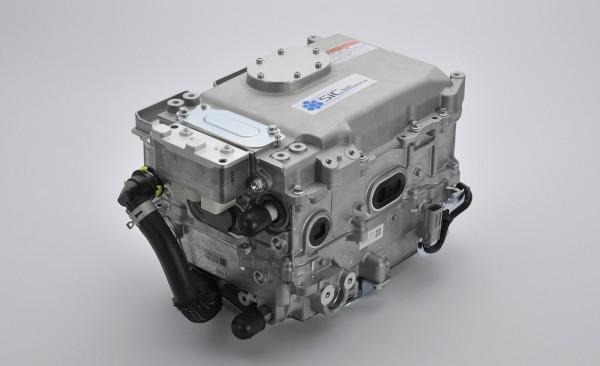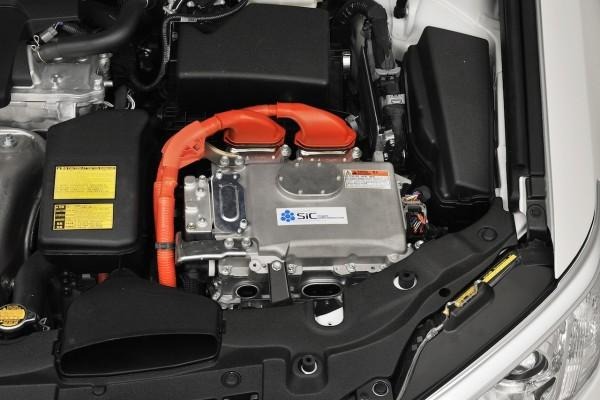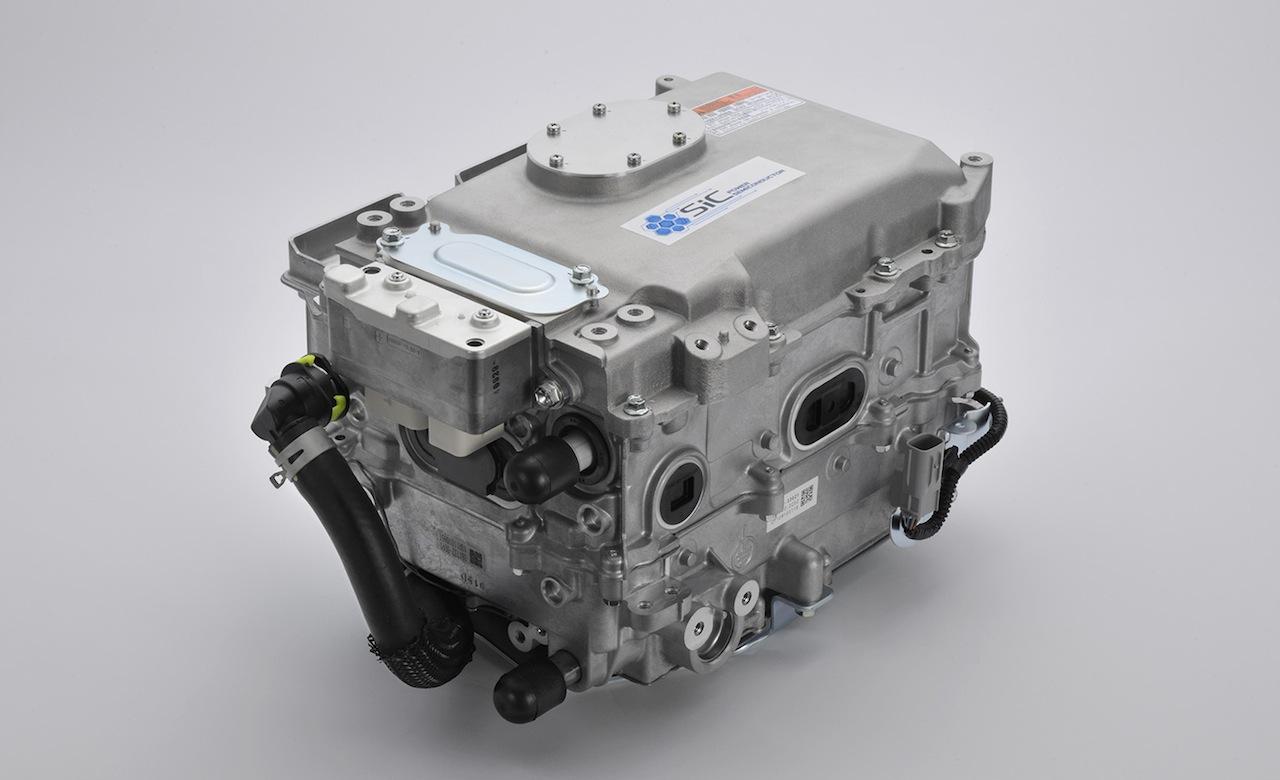Toyota Looks Beyond Bigger Batteries For EV Range Boost
Electric and hybrid cars may be waiting on improved battery technology to squash driver range anxiety, but Toyota believes it may have a wildcard in the meantime. The company is rolling out two new prototypes for real-world testing in Japan, each switching in new silicon carbide (SiC) power semiconductors that could take a big bite out of the 20-percent of electrical power loss traditional components are responsible for. The technology in the two vehicles – a Toyota Camry and a fuel cell bus – could end up in production cars sooner rather than later, Toyota promises.
Whether in an all-electric car, a hybrid like Toyota's popular Prius, or something less common like the fuel-cell powered Mirai we drove a few months back, limits to battery capacity are inevitably a bottleneck. Although several manufacturers have switched to Li-Ion for greater power density, there's still a significant weight compromise involved when putting extra range onboard.
Toyota hasn't revolutionized the battery – in fact, the Mirai and the Prius still use older nickel-metal hydride packs – but the company does believe that there are other components in the powertrain which can be made more efficient. One of those is the power semiconductor, which is used to control motor drive power in EVs and hybrids.

The power semiconductor controls whether power is pushed from the batteries to the motors, during acceleration, or in the opposite direction during deceleration. Vital to the powertrain, it's also relatively wasteful in its current form: according to Toyota, that one engine part alone is responsible for around 20-percent of total electrical losses.
That's an opportunity to claw back some power and thus some range, Toyota argues, and so began developing the new SiC power conductors with Denso Corporation and Toyota Central R&D Labs in Japan.

In the Camry prototype, which will take to the road next month, the new components are going into the internal voltage step-up converter and the motor control inverter. It'll take a while to figure out exactly what improvements are delivered, though, with Toyota planning to log PCU voltage and current along with driving speeds and patterns, not to mention outside temperature and other conditions, and then compare the numbers.
The fuel-cell bus has already set sail, with SiC diodes in the fuel-cell voltage step-up converter.
What's unclear is whether, if Toyota finds the new power semiconductors are worth commercializing, the technology will be included as part of the fuel-cell patent portfolio it opened up to competitors earlier this year. That, Toyota said, was intended to spur hydrogen powered vehicle development sooner rather than later.
SOURCE Toyota





